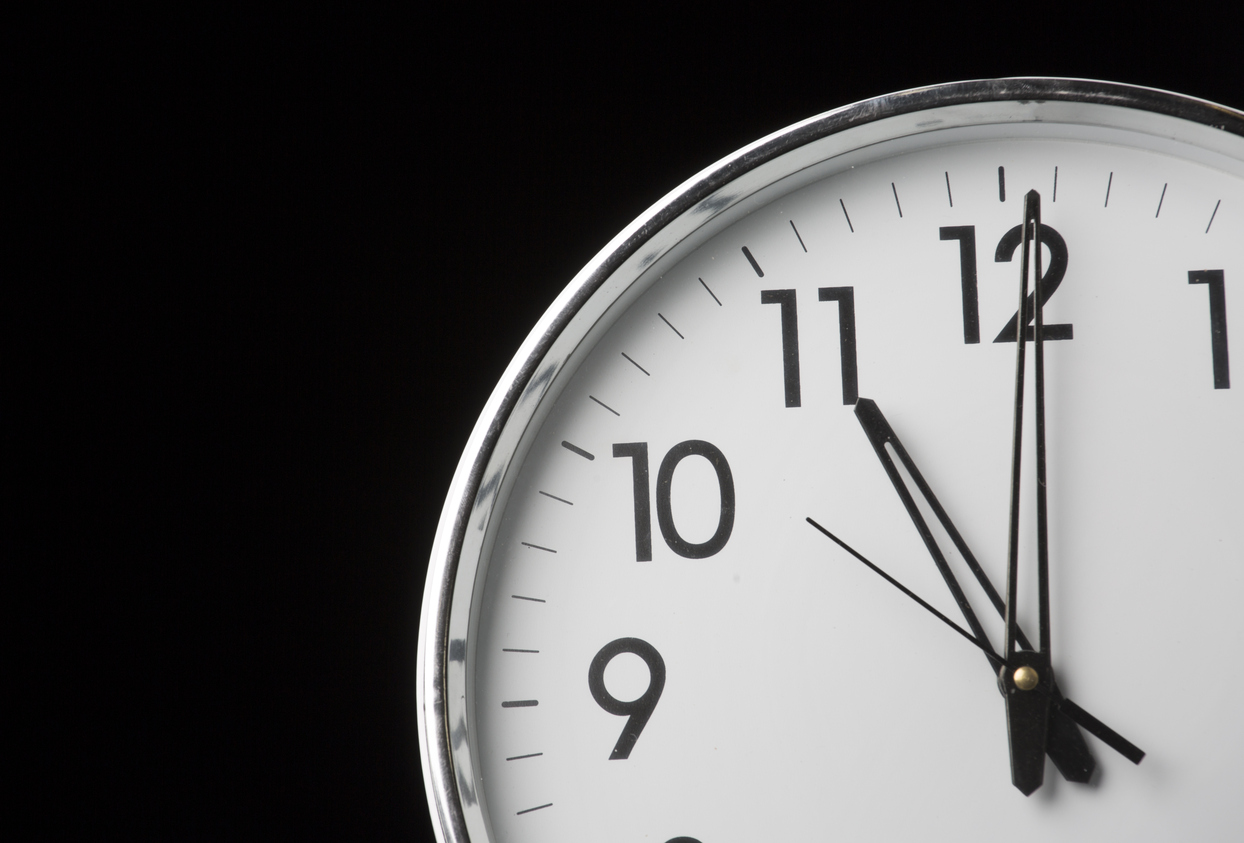The FDA has released its required annual report on 505(q) petitions. Such petitions are characterized by their intent to ask the FDA to either delay approval of an abbreviated new drug application, a 505(b)(2) NDA, or a biosimilar under 351(k) of the Act. Our good friend Kurt Karst, Director at Hyman, Phelps & McNamara, has outlined the history of 505(q) petitions and the issues addressed in the report here:
He did such a good job that we are not going to delve further into the numbers. The FDA report itself can be found here:
505(q) petitions, according to the law, currently have a maximum response time of 150 days, down from 180 days when they were first statutorily designated. The time crunch (150 days is lighting speed when the Agency is concerned) is designed to help ensure that the submission of these petitions does not delay approval of the application types that are targeted by such petitions. The FDA has a very good track record, as outlined in Kurt’s blog post, but the petitions do still eat up scarce Agency resources and are prioritized above other important FDA work, like safety and approving applications. While this continues to be a problem the FDA faces, according to Kurt’s interpretation, the FDA may be looking at additional options it can take in regard to these petitions.
04
Jun




